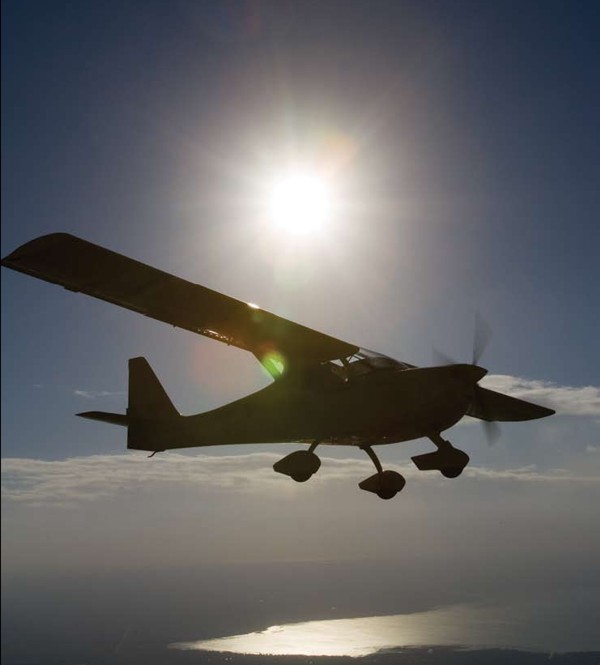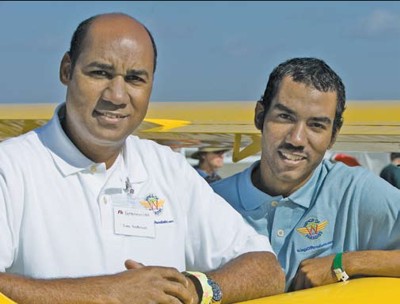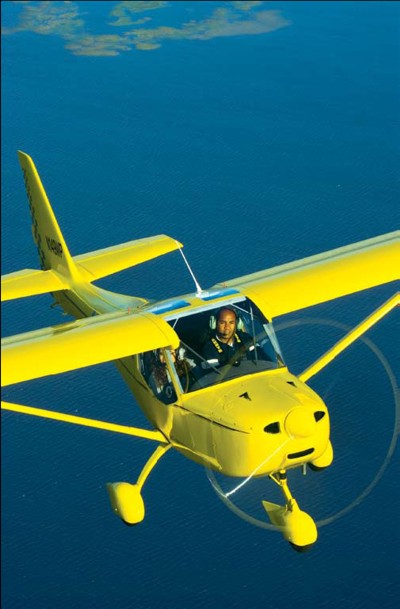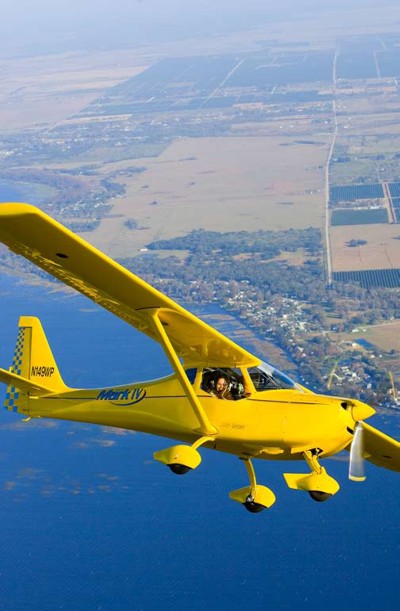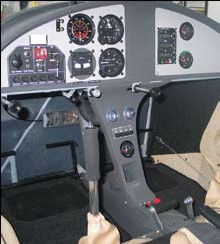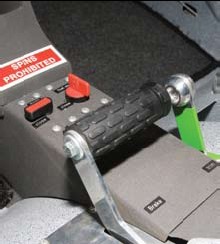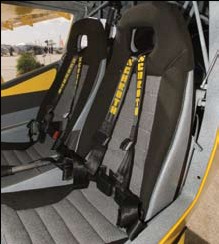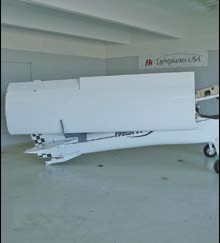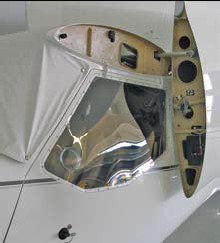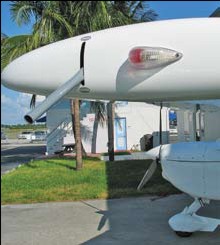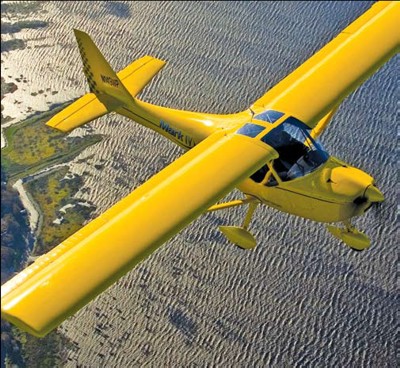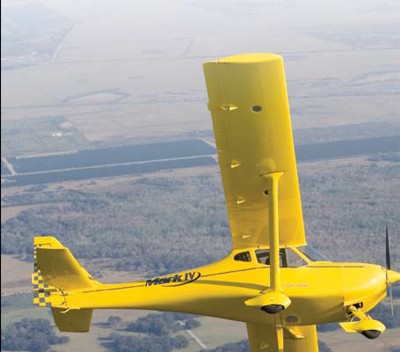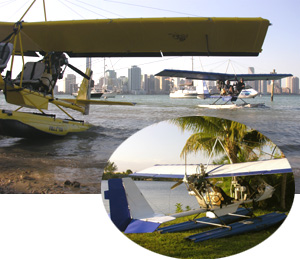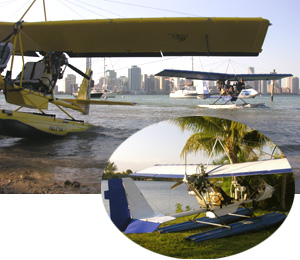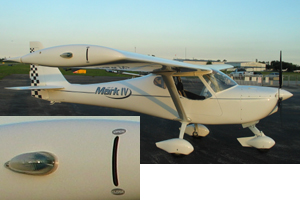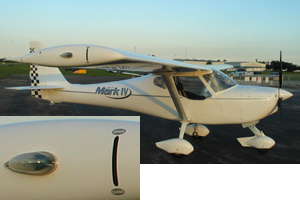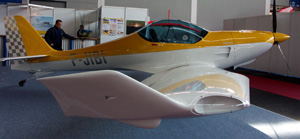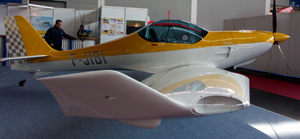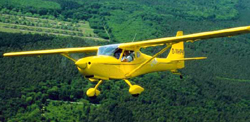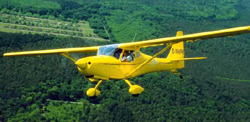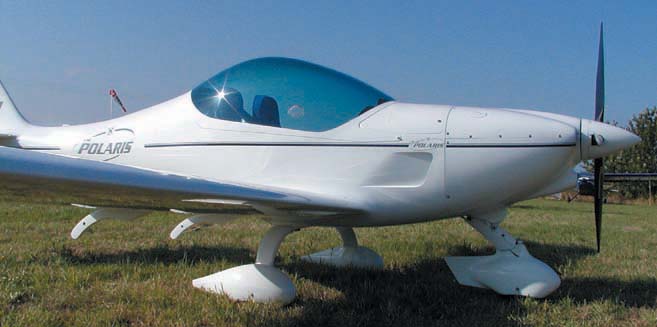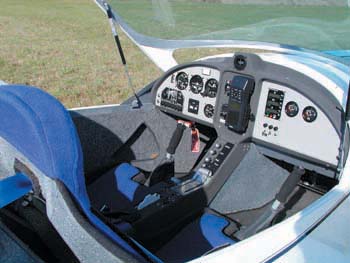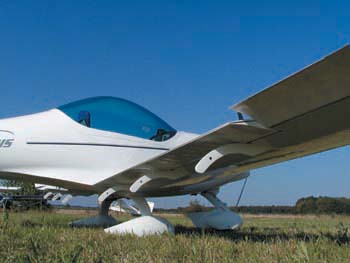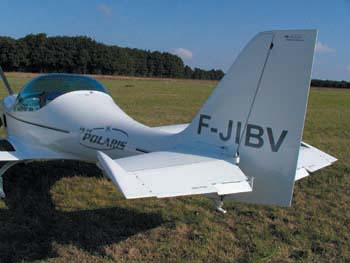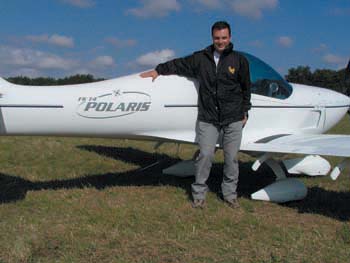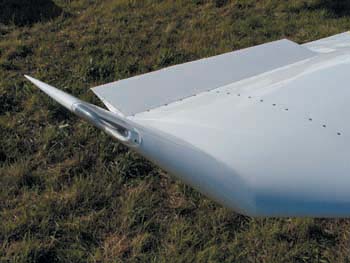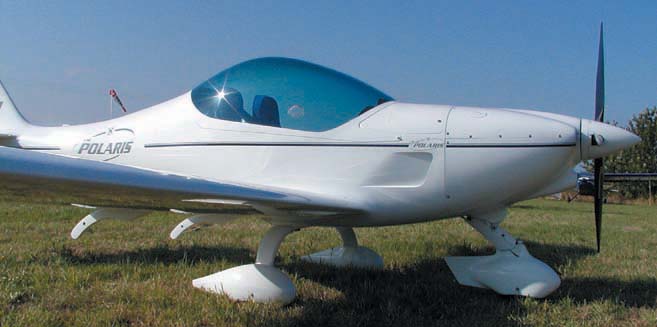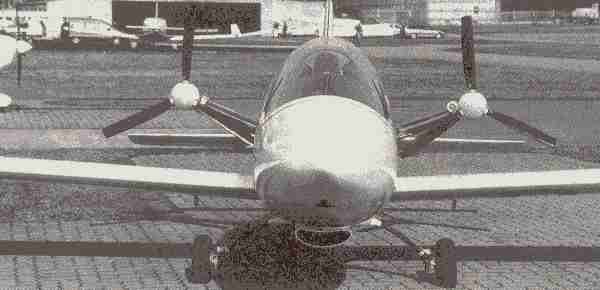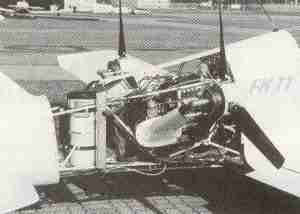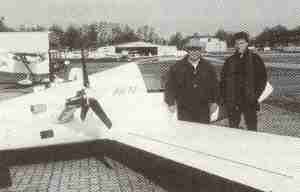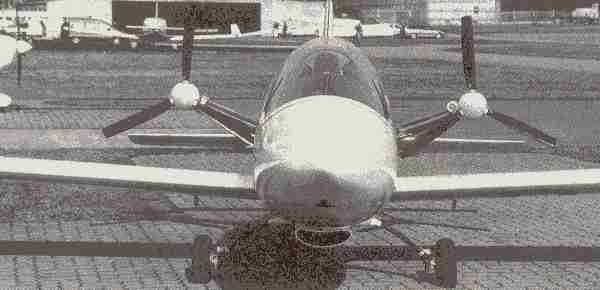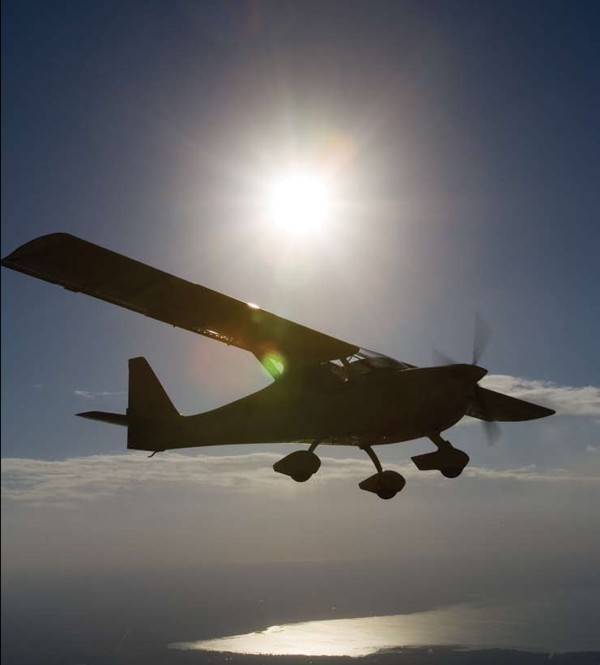
This airplane began life under B&F Technik Vertriebs GmbH, a name derived from partners Dirk Breitkreuz and Peter Funk, who started the commercial enterprise. Now, Funk operates the company on his own and has adopted the worldlier and less cumbersome name Fk- Leichtflugzeuge, its English translation being Fk-Lightplanes. U.S. distributor Tony Anderson named his enterprise Fk-Lightplanes USA. Based in Pembroke Pines, Florida, Fk-Lightplanes USA calls North Perry Airport home. The Funk name is storied in European light aircraft development, with more than a dozen original designs to its credit. Fk-Lightplanes today produces three airplanes, each quite different from the other: our subject airplane this month-the high-wing Fk9, the low-wing Fk14 Polaris, and a folding-wing biplane called the Fk12 Comet. I’ve had the pleasure of flying all three models, but I think the Fk9 may prove most popular with American LSA enthusiasts. Though designed and refined in Speyer, Germany, the Fk9 and its siblings are now fabricated in Poland by workers with decades of experience building Soviet fighters and transports.


